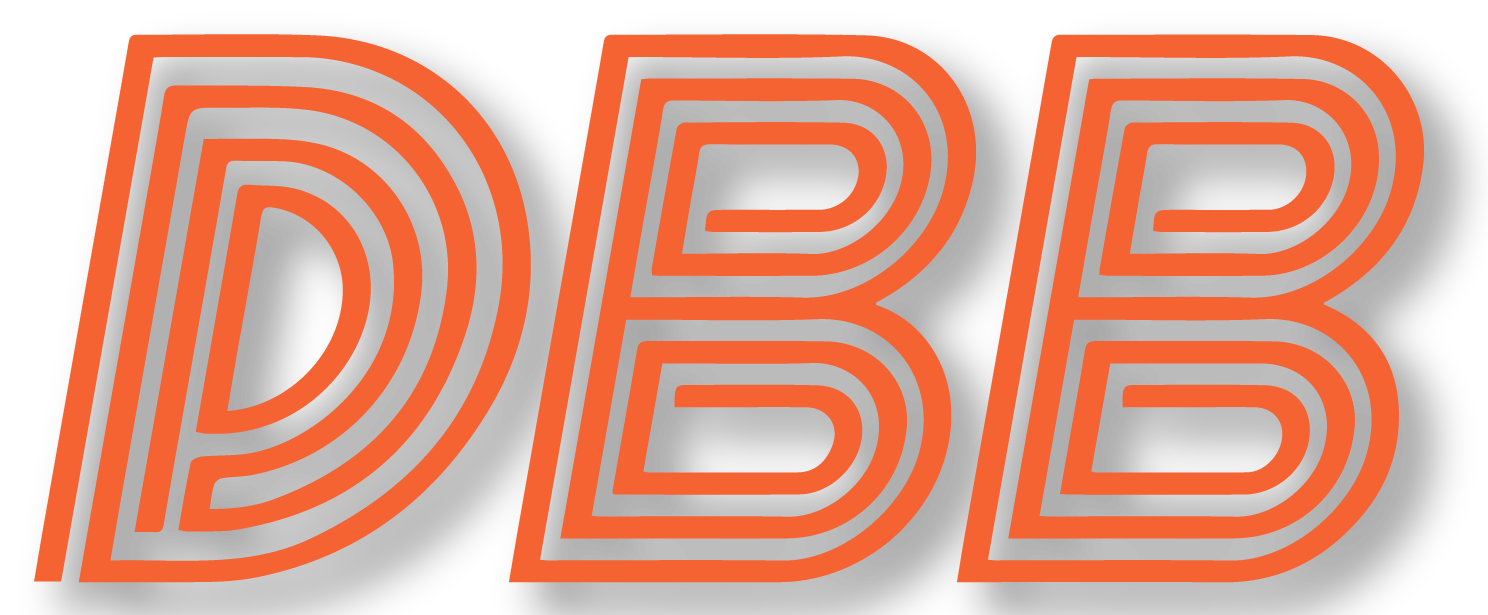
It stands to reason that if the offense was mainly responsible for the Bears’ 2019 regression, and the running game didn’t change all that much, most of the regression came from the passing game. And a quick look at the stats backs that up. In 2018, the Bears were 9th in completion percentage, 18th in yards/attempt, 14th in passer rating, and 10th in sack percentage. In 2019, those ranks fell to 14th, 32nd, 24th, and 23rd.
So what went wrong in the passing game? Generally, there are 3 components to examine: the pass protection, the pass catchers, and the quarterback. Let’s look at each one by one.
Pass Protection
Evaluating pass protection statistically is difficult, but thankfully advanced statistics to help with this are getting better. A number of them are shown below, with their ranks out of 32 NFL teams in parentheses. Average time to throw is from Next Gen Stats, Average time to pressure and pressure rate is from Pro Football Reference, and Pass Block Win Rate – a measure of how often a QB has a clean pocket for at least 2.5 seconds, is from ESPN Metrics (source for 2018 and 2019).

As I tried to make sense of these numbers, it seemed to me that the change in NFL ranks was often greater than the change in the actual value. Sure enough, it seems that pass blocking was slightly better across the league in 2019 than 2018. The median average time to pressure increased from 2.4 to 2.5 seconds, the median pressure rate dropped from 24.1% to 22.6%, and the median pass block win rate increased from 50% to 59%.
Looking just at the Bears’ numbers, they generally got a little worse in pass protection, but their drop in the rankings looks worse than it is because the rest of the NFL got better. The average time to throw didn’t change all that much and the pressure got there a little faster, but the Bears still ranked right around average both in pressure rate and pass block win rate.
If the pass protection didn’t get much worse, how do we account for the massive uptick in sacks? The Bears went from giving up 33 sacks in 2018 (6.1% of dropbacks) to 45 in 2018 (7.2% of dropbacks).
Well, sacks aren’t only due to the pass blocking, they’re a result of the quarterback as well. Lester Wiltfong of Windy City Gridiron breaks down film on every sack and assigns blame to the person or people he deems responsible (he also splits blame if multiple people mess up).
Read More …












